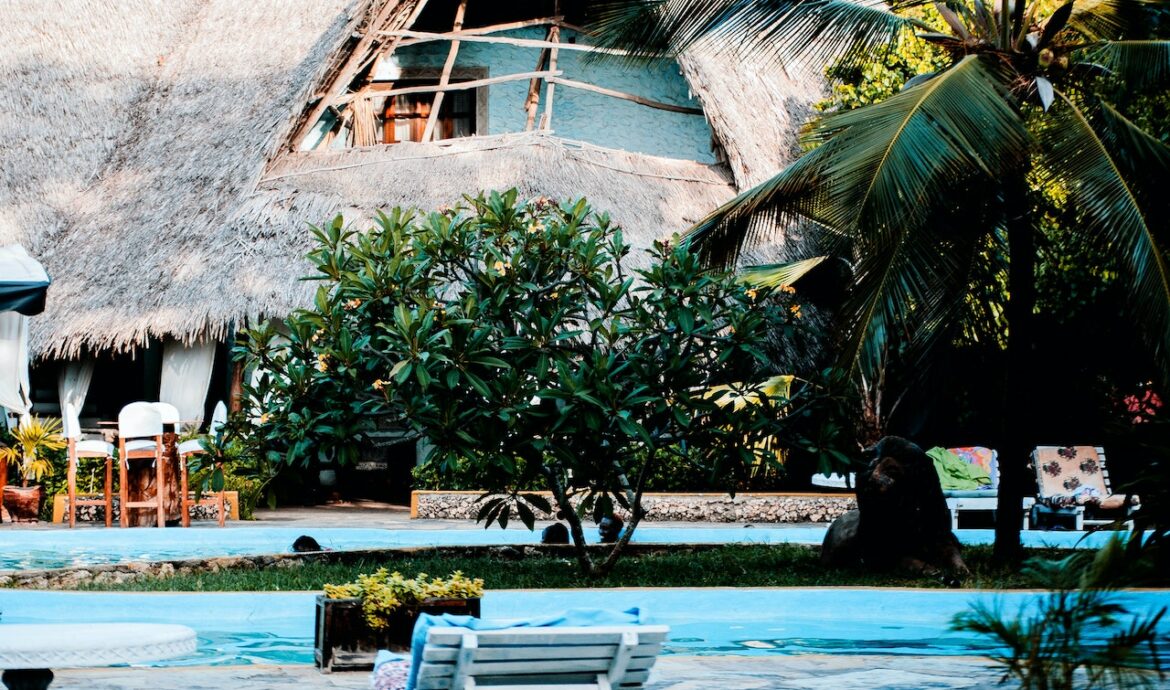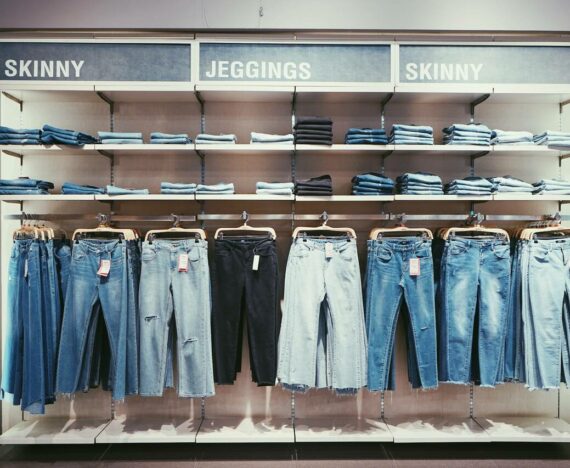As urbanisation continues to grow, the demand for high-rise buildings has increased. Many high-rise buildings now include outdoor spaces such as rooftops, balconies, and terraces that offer a sense of openness and connection to nature in otherwise dense cityscapes. However, these outdoor spaces present unique challenges, including the need to withstand high winds. Wind-proof pedestal systems provide an effective solution for creating safe and durable rooftop decks on high-rise buildings. Here are some of the advantages of the wind proof paving system.
Advantage #1: Versatility
Wind-proof pedestal systems are highly versatile and can be used to create various deck designs. They can be used on flat and sloped roof surfaces and can accommodate a range of decking materials, including wood, composite, and stone. These systems can also create green roofs, providing a foundation for growing plants and vegetation.
Advantage #2: Durability
One of the biggest advantages of wind-proof pedestal systems is their durability. They are designed to withstand extreme weather conditions, including high winds, heavy rain, and snow. The base plate is made from aluminium, stainless steel, or galvanised steel, which is highly resistant to corrosion and rust. The stem is made from materials such as PVC, which is strong and durable yet lightweight. The head unit is made from polypropylene, resistant to UV rays and other environmental factors.
Advantage #3: Safety
Safety is a top priority for any rooftop deck, particularly on high-rise buildings. Wind-proof pedestal systems provide a safe and stable surface for foot traffic and furniture. The adjustable stem ensures the deck is level and stable, even on uneven roof surfaces. The head unit is designed to prevent slips and falls, with a non-slip surface that provides traction in wet and slippery conditions. Wind-proof pedestal systems also provide a barrier to prevent objects from falling off the deck, adding an extra layer of safety for those below.
Advantage #4: Easy Installation and Maintenance
Wind-proof pedestal systems are easy to install and require minimal maintenance. The adjustable stem allows easy installation on uneven roof surfaces, and the head unit can easily be removed for maintenance or repairs. The materials used are highly resistant to corrosion and rust, reducing the need for frequent maintenance. In addition, these systems can be easily disassembled and reassembled, making them an ideal solution for temporary rooftop decks.
Advantage #5: Sustainability
These systems are a sustainable solution for rooftop decking on high-rise buildings. They can be used to create green roofs, which provide a range of environmental benefits, including reducing the urban heat island effect, improving air quality, and reducing stormwater runoff. In addition, wind-proof pedestal systems are made from recyclable materials, reducing waste and promoting sustainability.
Advantage #6: Cost-Effective
Wind-proof pedestal systems can be cost-effective for creating rooftop decks on high-rise buildings. They can be less expensive to install and maintain than traditional construction methods, such as concrete or steel framing. They require less labour and fewer materials, reducing overall construction costs. In addition, wind-proof pedestal systems can be easily disassembled and reassembled, making them an ideal solution for temporary rooftop decks, reducing the need for permanent construction. Overall, wind-proof pedestal systems offer a cost-effective solution for creating safe and durable outdoor spaces on high-rise buildings.
Conclusion
The wind proof paving system is a practical and effective solution for creating safe and sustainable rooftop decks on high-rise buildings. With their versatility, durability, safety, ease of installation and maintenance, and sustainability, wind-proof pedestal systems provide a range of advantages for those looking to create outdoor spaces on high-rise buildings. As more people seek to enjoy the benefits of outdoor spaces in urban environments, wind-proof pedestal systems will undoubtedly continue to play a crucial role in making these spaces possible.
Author Bio: Radhe Gupta






